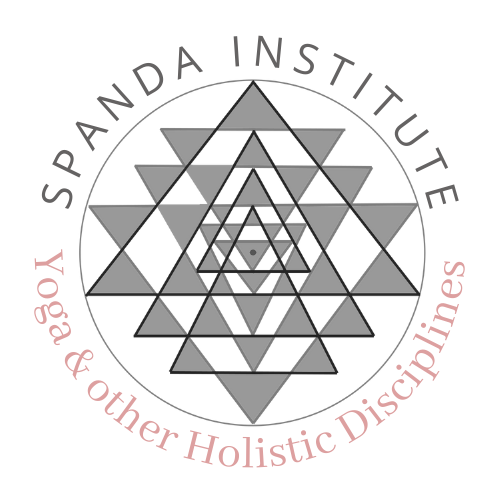The Beauty of Padma Mudra
Maddie Rowland by @johnyoungsphotos
In many different cultures, especially in Asia, the lotus flower symbolises purity, enlightenment, rebirth, and overcoming difficulties. Thus, the Padma (lotus) mudra symbolises the ability to rise above the challenges, look for the light and bloom beautiful and pure.
Lotus flower roots are attached in the mud, with half of its stem is submerged in muddy, murky water, from which a beautiful flower arises. Every night, the flower submerges into the dark water and reblooms the next morning, clean and pure. Many cultures have attached spiritual meaning to this flower’s fantastic ability to resurface untouched by the mud and guided by the light. Today we call these self-cleaning properties the lotus effect (ultrahydrophobicity), but it was nothing short of a miracle before botanists understood this.
For most of us, the past two years have been challenging and overwhelming. For many, these were the years of loss; some lost their jobs, health, and loved ones. We all lost many chances to hug our family members, see our friends, explore the world. We can say we have been trying to swim in the murky waters of often opposing information, not knowing who to trust. With all of that, it isn’t easy to stay positive and to keep our heads above water, but it is the best thing we can do for ourselves and each other.
One of the ways we can try to do that is by taking five minutes as soon as we wake up and do a Sankalpa meditation (Sankalpa means an intention or a resolve). This simply means inviting an image or visualise a situation which carries the quality of your intention (staying positive and rising above daily challenges in this case), and keeping it in your mind and heart thought the day. It can be something simple as imagining sunrays on your face, and promising yourself you will keep your head up. Using a mudra, like Padma Mudra, can be a powerful way to support or seal (mudra means seal) our intention. If, upon waking up, you take a few minutes to centre in your body and breath, and then create an intention to, just as the lotus flower, arise into the day facing the light, with pure heart and mind, regardless of the challenges, this can help you face daily challenges with more positivity and clarity.
After practising a particular mudra long enough, our brains start to recognise it and change how we feel. The change doesn’t only happen on the subtle level (where the intention goes, energy flows), but it can also alter your brain after a while. Our resident neuroscientist Marina Moric explains it: “Our bodies too learn to predict what is coming next when presented with the same sequence of stimuli. This comes quite handy (pun intended) with mudras. We are taught that the placement of the hands can invoke certain energies. When you first started practising, it might have sounded weird that Kali mudra can make you feel strong. But after many times of practising Kali mudra and imagining your strength or a moment when you felt empowered and strong, the feeling will come as soon as you position your hands. Your brain has learned that Kali mudra means strong, and it brings in the feeling of strength faster than your imagination. This reaction to stimuli was first discovered with Pavlov’s Dogs study.”
Life is full of ups and downs, and while the times when everything is flowing smoothly can provide rest and contentment, we’re challenged to learn, connect to our inner strength and each other more strongly, and grow in the difficult times. Just like the lotus from the muddy waters.
Nina Vukas
Nina is the founder of Spanda Institute, Program Director and a Lead Teacher for Advanced Study Programs. She has been a Yoga practitioner since 1998, started teaching full time in 2005, and has been educating yogis on their journey towards becoming Yoga Teachers, as well as educating Yoga Teachers to advance their knowledge and teaching skills since 2009 Nina is also a Somatic Psychotherapist, Mindfulness and Meditation teacher, and forever a student. Currently, she is studying Psychology as well as Yoga Therapy.



